The discovery is an important find that fills a gap in archaeologists' knowledge of the dragon symbol within the early Hongshan Culture, said Song Jinshan, president of Inner Mongolia Institute of Cultural Relics and Archaeology. The puzzle-like dragon is pieced together from several mussel shells that form its head, body, and tail, according to Hu Chunbo, the head of the excavation project at the Caitaopo Site in the Songshan district in Chifeng.
Archaeologists have unearthed a dragon formed from mussel shells earlier this week in the city of Chifeng, North China's Inner Mongolia Autonomous Region, which dates back far earlier than the iconic C-shaped dragon made of jade that is also from the Neolithic Hongshan Culture.
The discovery is an important find that fills a gap in archaeologists' knowledge of the dragon symbol within the early Hongshan Culture, said Song Jinshan, president of Inner Mongolia Institute of Cultural Relics and Archaeology.
About 20 centimeters in length, the puzzle-like dragon is pieced together from several mussel shells that form its head, body and tail, according to Hu Chunbo, the head of the excavation project at the Caitaopo Site in the Songshan district in Chifeng.
The unearthed items, which were found alongside the fragments of two pottery wares, are typical of the Hongshan Culture.
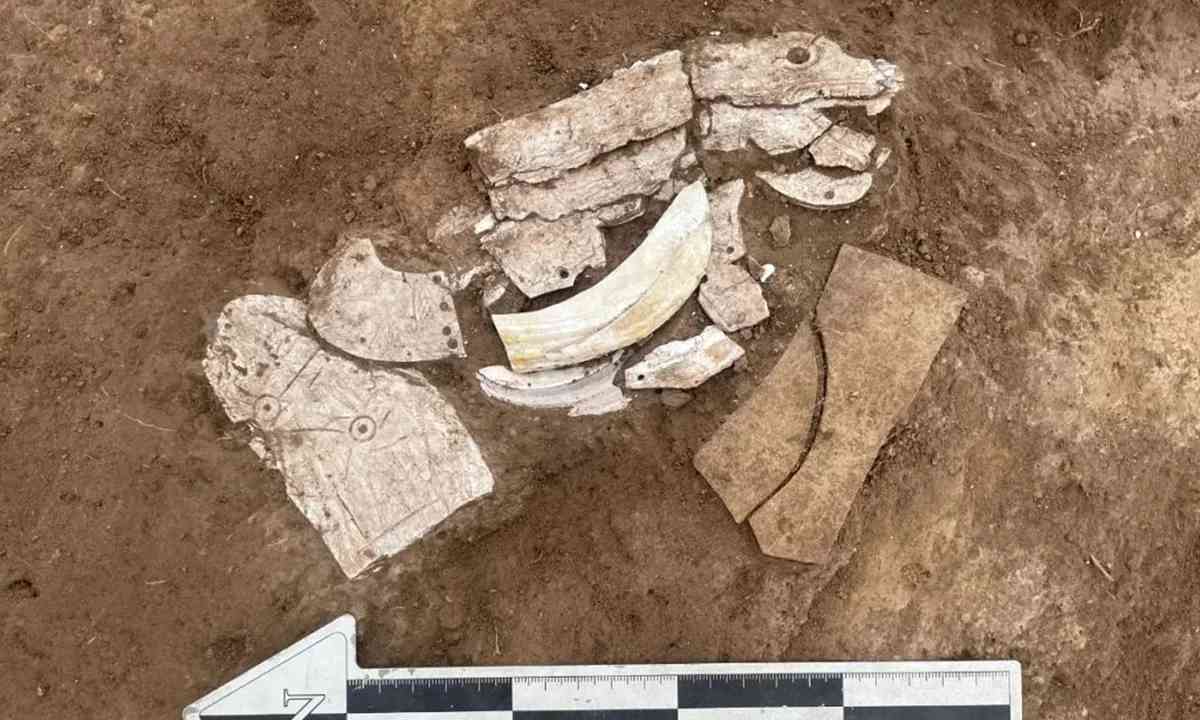
This mussel shell dragon differs greatly from the previously discovered C-shaped jade dragon of the Hongshan Culture in terms of carving techniques and styling. It is more delicate and realistic, and the teeth, tail and other parts of the carving are subtle.
Additionally, the shape is not a C-shaped dragon with a curled body, but a spread out image of a dragon.
Archaeologists believe that the previously discovered jade artifacts from the Hongshan Culture were placed at high-grade ritual buildings or ritual sites, while the dragon unearthed during the current excavation is a clue to the spiritual world of people living in low-grade settlements.
The Hongshan Culture was a Neolithic culture in the West Liao River Basin in Northeast China. Hongshan sites have been found in an area stretching from the Inner Mongolia Autonomous Region to Liaoning and date back to about 4700 to 2900 BC. The culture is known for its carved jade.
Sourche: Inner Mongolia Daily

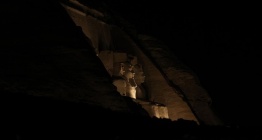
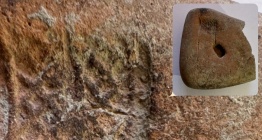
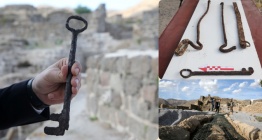
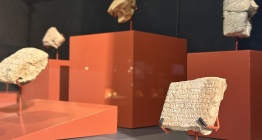


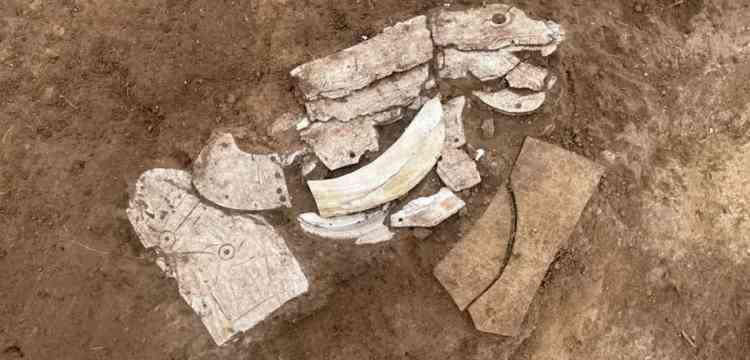
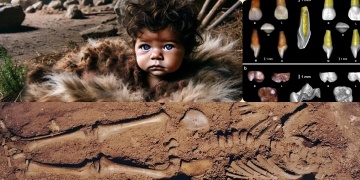 Buz devrinde 16 aylıkken ölen bebeğin mavi gözlü olduğu anlaşıldı
Buz devrinde 16 aylıkken ölen bebeğin mavi gözlü olduğu anlaşıldı  Ayanikola Kilisesi Restorasyon ve Çevre Düzenleme Projes hayata geçiriliyor
Ayanikola Kilisesi Restorasyon ve Çevre Düzenleme Projes hayata geçiriliyor  Tarihi Kentler Birliği'nin ekim ayı encümen toplantısı, Şanlıurfa'da yapıldı
Tarihi Kentler Birliği'nin ekim ayı encümen toplantısı, Şanlıurfa'da yapıldı  Yazma Eserler uzmanı Prof. Dr. Kasım Al-Sâmerrai: Oryantalistler dilin fıkhını bilmiyor
Yazma Eserler uzmanı Prof. Dr. Kasım Al-Sâmerrai: Oryantalistler dilin fıkhını bilmiyor 




